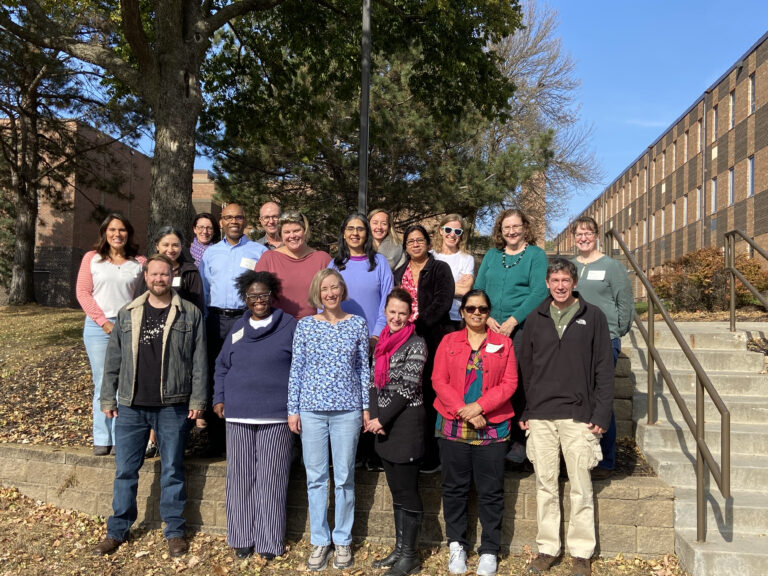Community College Anatomy and Physiology Education Research (CAPER) Year Two Update

The Community College Anatomy and Physiology Education Research (CAPER) project is midway through its second year. Currently, two groups of community college A&P educators are engaged in the program that aims to both increase the use of active learning strategies…
